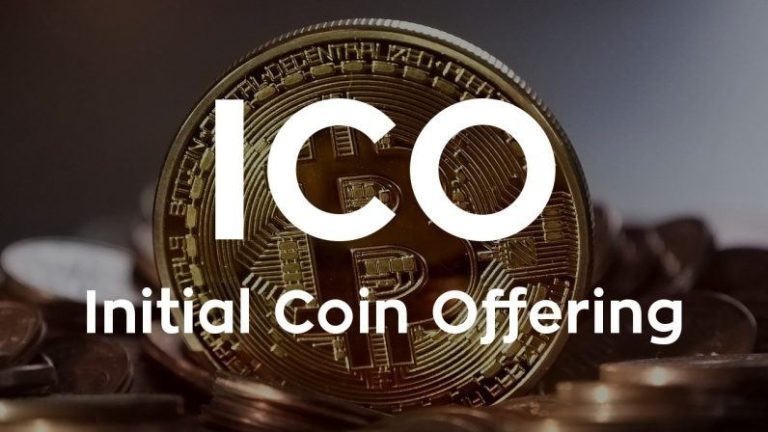
[ad_1]
The low cost of issuance, that is driven by efficiency savings of blockchain-based solutions, is considered to be one of the most important benefits of financing through an ICO. The only costs involved in early token-sales were technical costs of setting up the infrastructure and developing the protocol, plus exchange platform fees for the conversion of tokens, as advisors were rarely involved then.
While the cost benefits were intuitive in the first generation of ICO offerings, which effectively benefited from regulatory uncertainty, regulatory gaps or even regulatory arbitrage, this is becoming less the case as ICOs mature and move away from unregulated territory.19 The evolution of costs related to an ICO issuance follows the evolution of financing mechanisms, and today involves advisory fees (legal, financial, security), heavy marketing expenses, listing fees and other post-ICO costs such as community management services.
Anecdotal evidence suggests that even today, ICOs are a cheaper way to raise funds when compared to IPOs: according to some market participants, ICO costs about 3% of total funds raised for offerings of about USD 1 million, compared to 3–5% equivalent rate for an IPO. More importantly, IPOs involve additional fees of c.7% paid as compensation to underwriters (investment banks) who effectively guarantee the equity offering.20
The breakdown of ICO costs therefore varies between offerings, depending on the underlying technology, the jurisdiction, its size and other structuring characteristics. The main components of such costs are similar across the board and include technical costs, legal fees, other advisory fees, marketing costs and listing fees.
In absolute figures, according to industry participants, ICO costs may be as low as USD 60 000, reaching up to USD 500 000 on the high end.
Technical fees include the creation of a token that will be used in the ICO and the development of the protocol on the basis of which the project will be run. ICO tokens are in their majority based on the ETC20 protocol on the Ethereum blockchain, which are simple to manipulate and inexpensive compared to the development of a native token on its own blockchain. Technical fees are also paid for the development of smart contracts which is the basis for any transaction on the platform to be executed. On-going technical fees will have to be paid to developers to audit the platform and the contracts on a recurrent basis, address bugs or weaknesses in the code and avoid any hacking.
Legal fees are paid in exchange for advice around the regulatory framework applying to the offering, the drafting of appropriate language in the whitepaper (see ICO Primer in Annex) and other contractual and marketing documentation. Issuers can also pay for assistance in the drafting of a professional and credible whitepaper, which is becoming more important as the market becomes crowded and investors become more wary of scams. Other advisory services contracted for an ICO launch may include specialised companies undertaking verification and accreditation of token purchasers (KYC process).
Marketing expenses have been important for companies wishing to stand out of the crowd and drive consumer interest, and have advertising, PR and social media campaigns, as well as innovative marketing tools. “Bounty programmes” have been designed by issuers to award tokens to social media influencers and marketers in exchange for promotion of their product/service. In some IPOs, up to 5% of all tokens are being reserved for such bounty programmes. Similarly, bonus structures such as size discounts, discounts for early investors or referrals are used to incentivise investors, and represent a cost to the issuer.
Marketing and communication, both at launch and throughout the life of the project, take up an increasingly large part of ICO expenses in today’s increasingly crowded ICO space. Communication post-ICO involves additional fees, with special community management services being sold to issuers, aimed at ensuring the creation and maintenance of a vibrant network around the project/service. Platforms aggregating information about issuance of tokens can charge c. USD 500 for a listing (e.g. Topicolist.com), while premium space and endorsement by such a platform may cost up to USD 25,000 (such as Coinschedule.com) (Amsden and Schweizer, 2018).21
Shortly after an ICO, issuers need to secure the listing of the tokens on crypto-exchanges to ensure liquidity for their tokens. Listing fees for issued tokens can reach up to USD 1 million, depending on the reputation of the listing venue (Autonomous next, 2018). These fees are compared to USD 125 – 300K for a traditional equity exchange listing (main market), in addition to a comparable annual fee to remain listed. Securing a listing not only provides liquidity to token-holders but is essentially considered as a determining factor for the viability of the project and the company, which may explain the disproportionate amount of fees involved.
Although fees applied to the conversion of tokens to crypto and then to fiat in crypto- exchanges are not directly linked to the offering, they can be considered an integral part of the cost structure of an ICO. Regulated crypto-exchanges charge conversion fees on the amount converted for each transaction, in addition to the spread applied to the exchange rate of the cryptocurrency. Such conversion fees are much higher than FX conversion fees.
[ad_2]
Source link